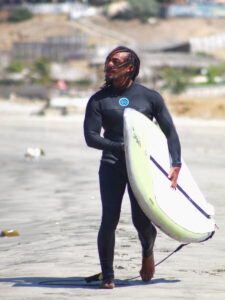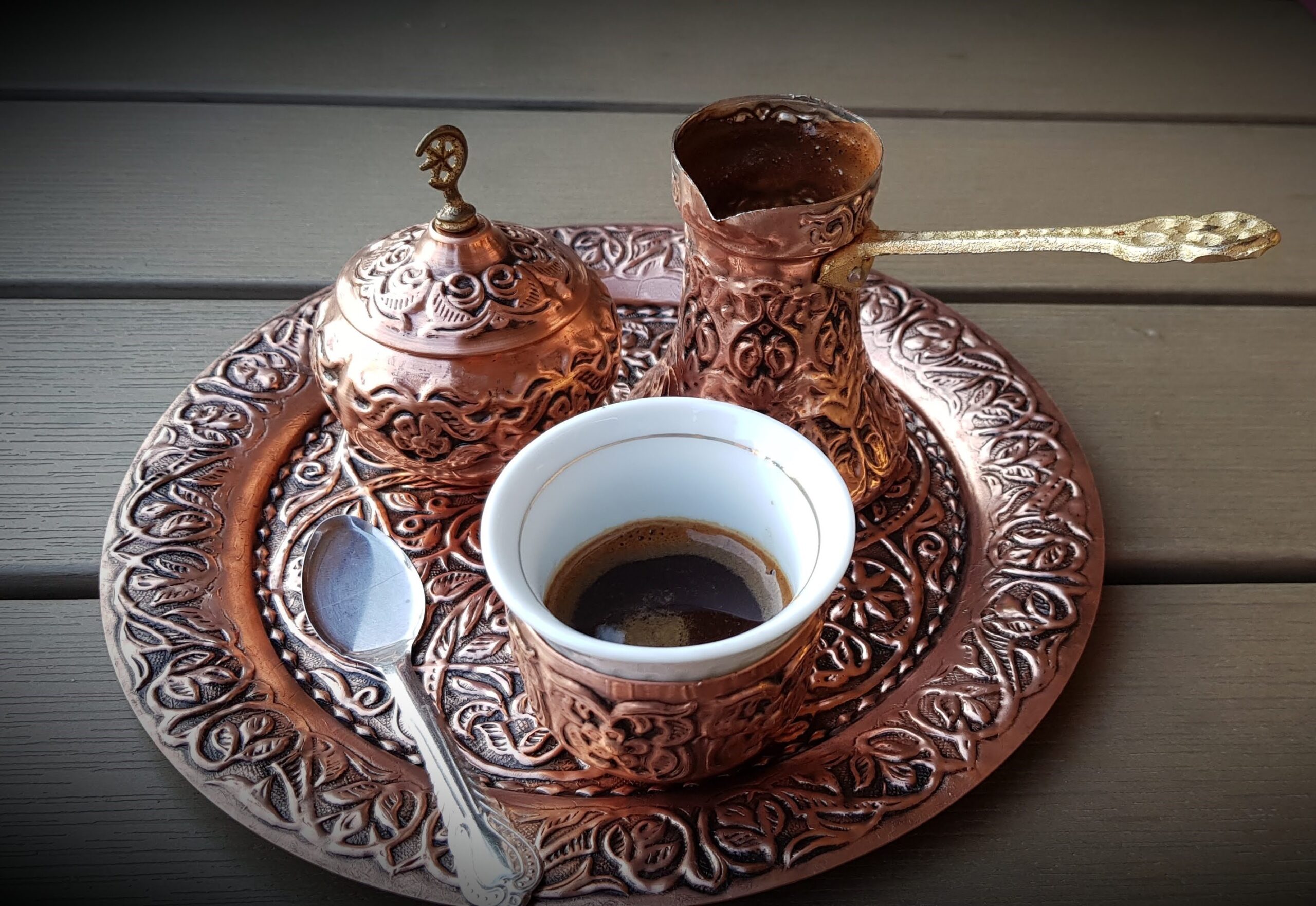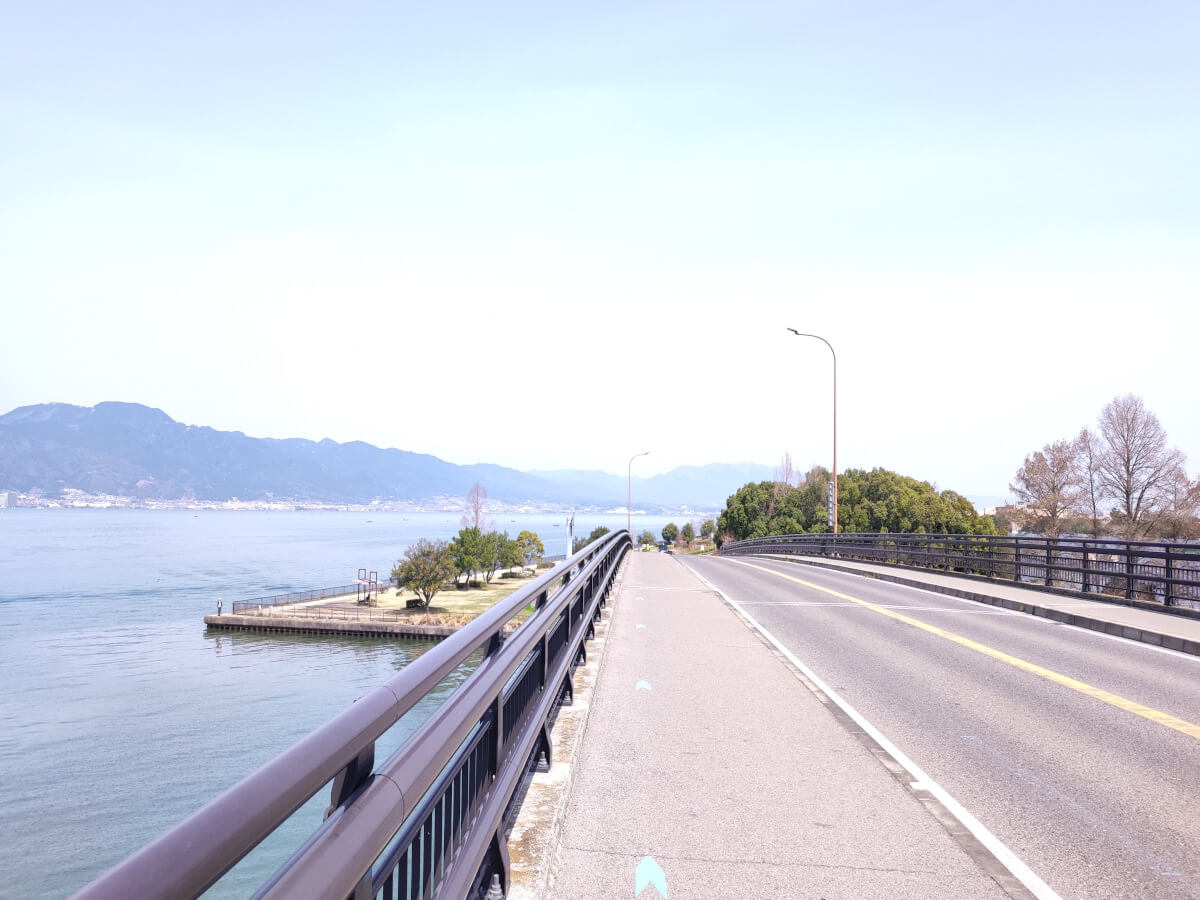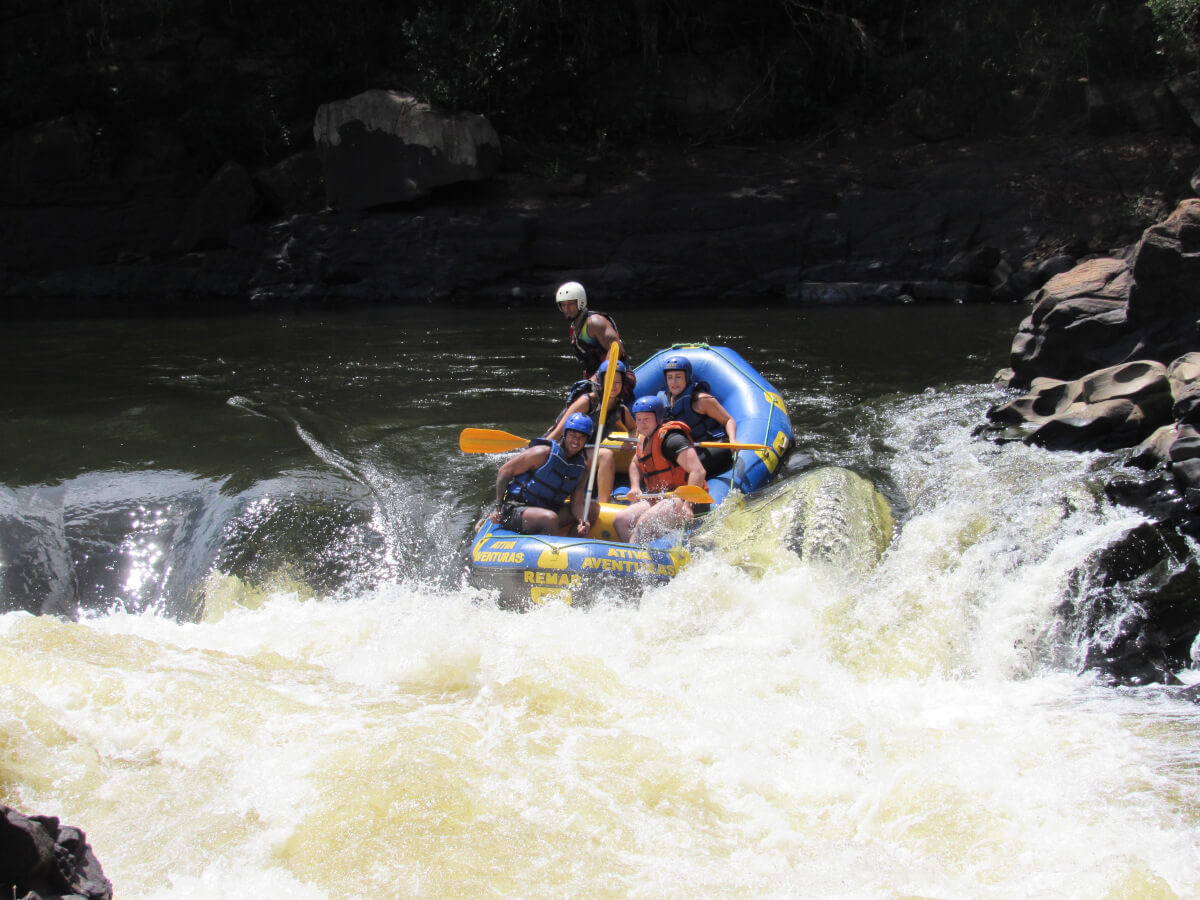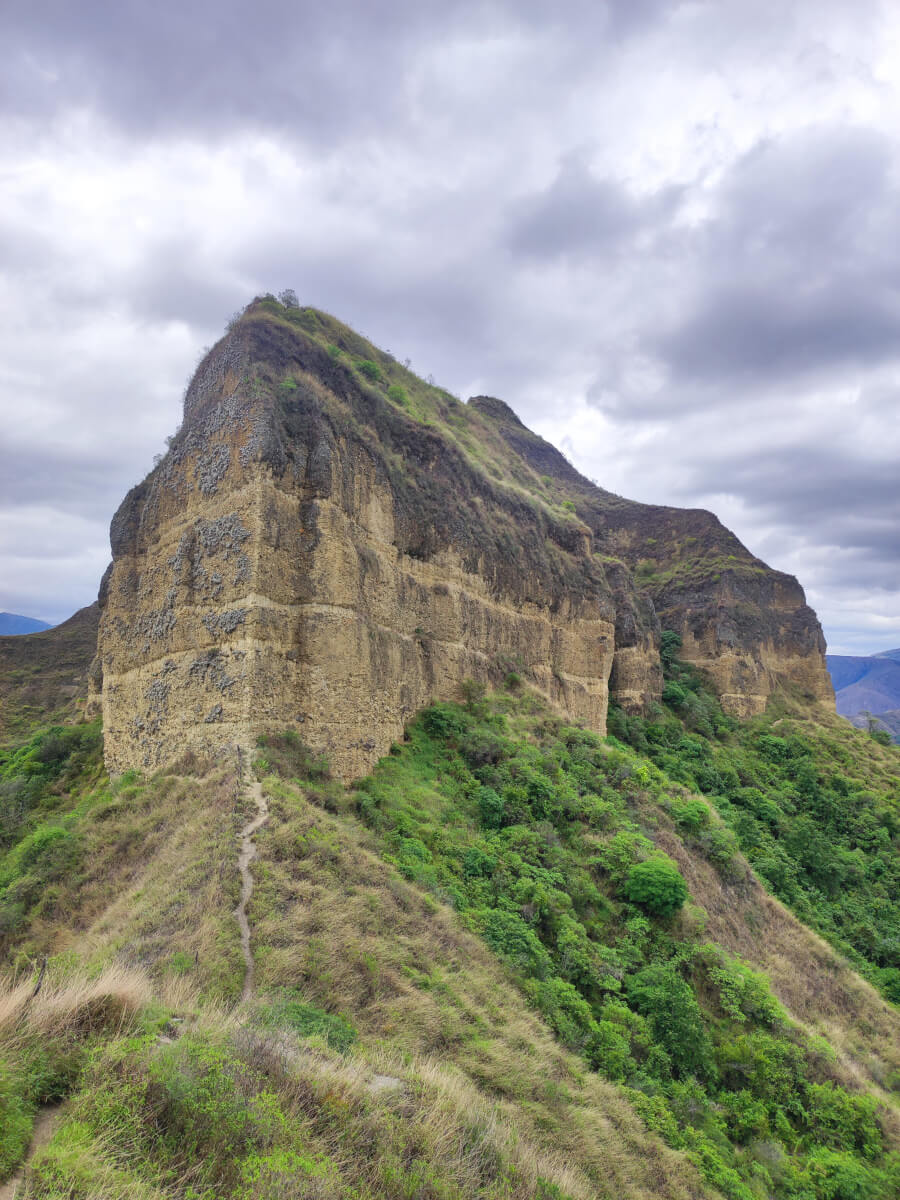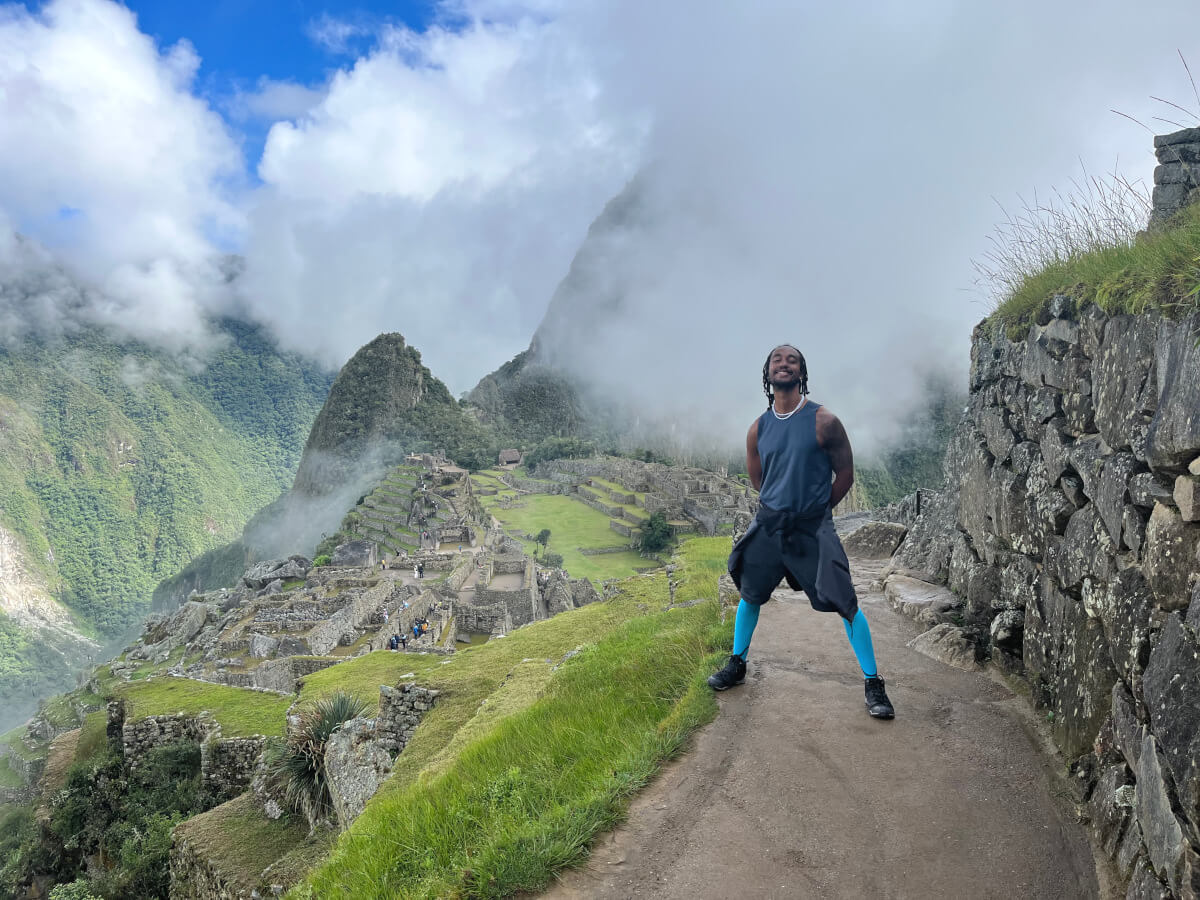This article is about the third day of the Choquequirao Trek without a guide. On this day, I planned to start hiking uphill from Chiquisca, stop by Capuliyoc, and end the day in Cachora. There are two ways to return to Cusco from San Pedro de Cachora; I will explain each in this article.
The most challenging part of the hike is at the beginning, following the uphill from Chiquisca to Capuliyoc. Afterward, the path is mostly flat, with minimal variation in the elevation gain.
If you decide to follow my itinerary, be aware that sun exposure is quite high on this day, so bring good sun protection.
Let’s start with the information about the final day of this amazing trek in the Cusco Province.
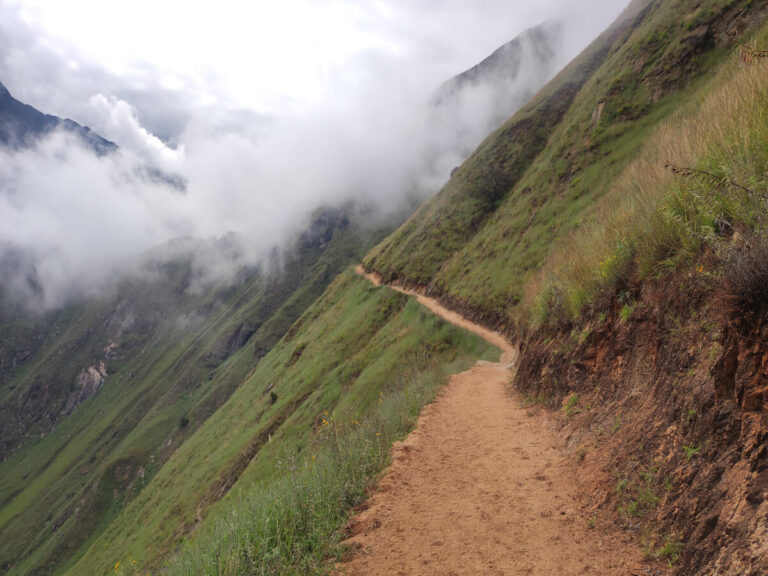
This blog post is part of a series about doing the Choquequirao trek without a guide. If you are interested to know more details about the other days of this trek, click on the links below:
Table of Contents
Leaving Chiquisca
This part of today’s hike is the most challenging. You will start the day hiking uphill for seven kilometers until you reach the viewpoint of Capuliyoc and the entrance of the site, which is a few minutes away.
Before the Capuliyoc viewpoint, you will pass by the Cocamasana viewpoint, where you have one of the best views of the Apurimac River and the surrounding mountains. Use the opportunity to take a break and enjoy the silence in the area. I loved the calm vibes in this part of the hike; when I was there, I was the only person on the trail most of the time.
You are already familiar with the path because you hiked there on the first day. The only difference is that you are walking uphill, so you will likely be slower. As you get near the site’s entrance, you will start to see horses and workers carrying supplies for the villages in the area.
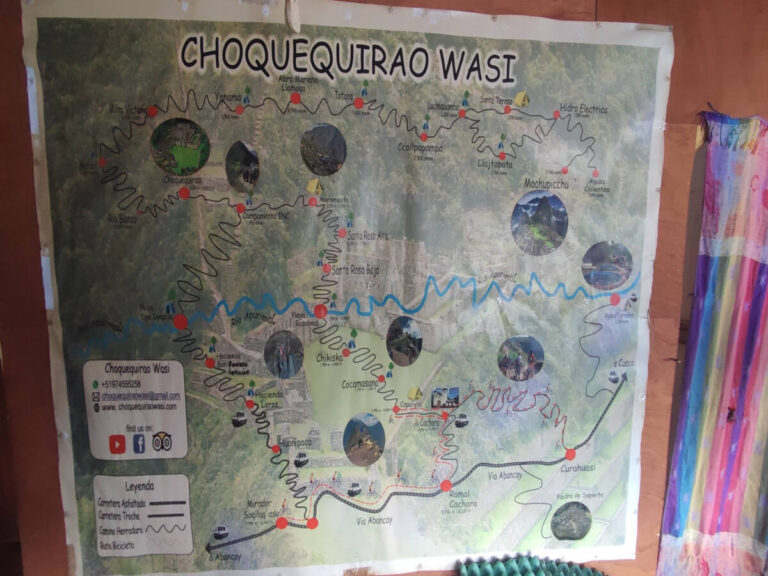
Do you like to see videos? Check my instagram reel about the third day doing the Choquequirao Trek:
Capuliyoc
Depending on the itinerary you follow when doing the Choquequirao Trek without a guide, you can finish your day at Capuliyoc. You can ask the staff in Choquequirao Wasi to call a driver to pick you up there and bring you to San Pedro de Cachora or Ramal de Cachora.
Personally, I found myself with the energy to continue the mostly flat path from Capuliyoc to San Pedro de Cachora. It was a decision I didn’t regret. The unexpected beauty of the views along the way was the highlight of this day. These were the same views I had missed the day before I started the trek after hopping on a taxi ride to Capuliyoc in the evening.
If you decide to continue hiking to Cachora, the path is 11 kilometers long, with high sun exposure but minimal elevation change. The path is mostly flat, and you might encounter some cars on the way.
Most of these cars are used by people getting to Capuliyoc to start the Choquequirao Trek or just to spend the weekend in Choquequirao Wasi. I later found out that many Peruvians do that.
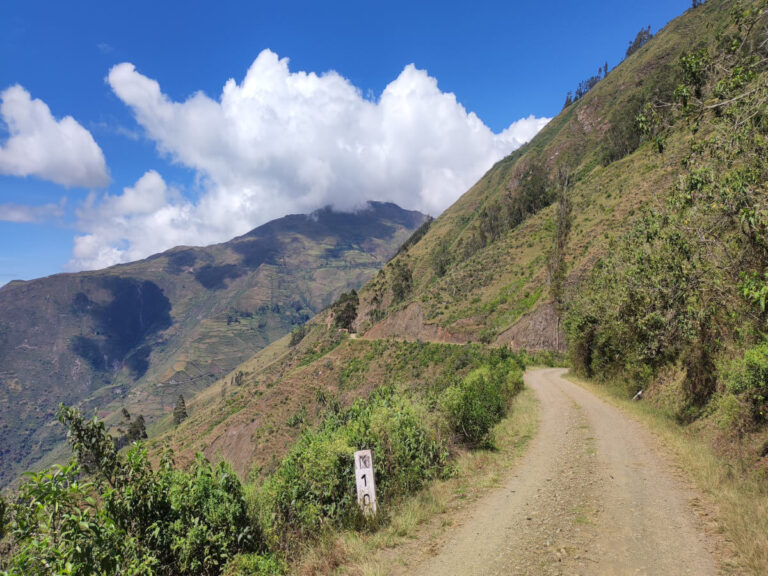
Thinking about flying to Cusco? Check flight options on Kiwi, it's my favorite way to book plane tickets:
Read about more activities and tips in Peru:
San Pedro de Cachora
Take your time to appreciate the beautiful views of this part of the trail. The only thing I didn’t like much on the way to Cachora was the constant asking of drivers if I wanted a ride. Peruvians are very sharp regarding business, but sometimes, they can be too pushy when offering their services.
After a few kilometers from Capuliyoc, you will be able to see Cachora. The town sits beautifully between the hills in the area, and its inhabitants wake up with blessed views in the morning.
As you get closer to Cachora, it’s time to say goodbye to the Apurimac River and welcome the stray dogs in the town. Be careful with them; sometimes, they can be very aggressive!!
Returning to Cusco
Once you are in the center of Cachora, you will see several drivers waiting for people. It’s also common for locals to use private transportation to get to Ramal de Cachora or Curahuasi. Both places are your options for returning to Cusco.
The first option is to go to Ramal de Cachora and take a bus to Cusco from there. I don’t recommend this option because the bus to Cusco comes from Abancay, and only a few buses operate this route daily. Ultimately, you might wait a long time before taking the bus.
The best option is to go to Curahuasi. From there, you will find plenty of colectivos driving people to Cusco all the time. You can take a ride from Cachora to Curahuasi (less common but still possible), or you can take transportation to Ramal de Cachora and from there another colectivo to Curahuasi.
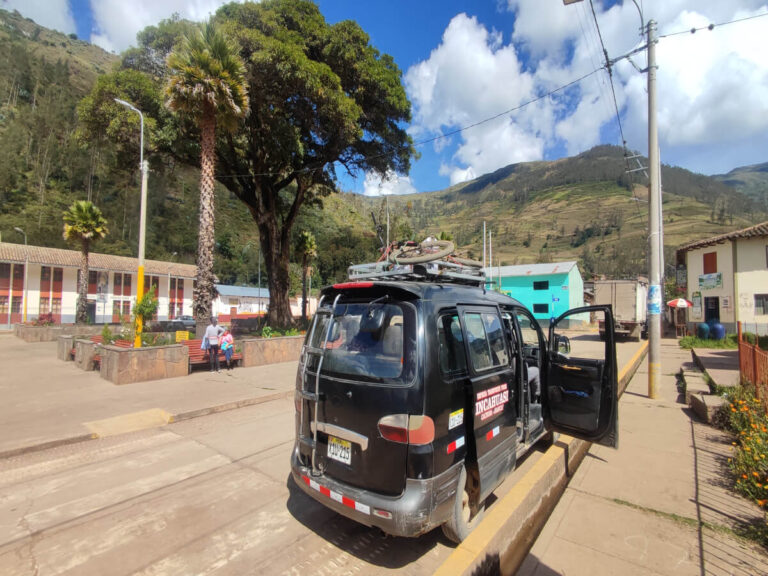
Rest assured, there’s a constant wave of colectivos passing by Ramal de Cachora throughout the day, so you won’t have any trouble finding one to take you to Curahuasi.
These colectivos will drop you on the street, where the drivers are waiting for people to show up to go to Cusco. You don’t need to worry about knowing where to find them. From Curahuasi to Cusco, it is a 2:30-hour ride.
Conclusion
This article detailed the third day of the Choquequirao trek without a guide. You can finish the day in Capuliyoc, call a driver to bring you to Cachora or hike for 11 kilometers more, enjoying the beautiful views on the way.
Now that you’ve gained a better understanding of how to do the Choquequirao Trek without a guide, you’ll realize that it’s a more straightforward adventure than you might have initially thought. With a variety of accommodation options available en route, there’s no need to carry a tent, making the journey even more manageable.
Choquequirao was far more impressive than Machu Picchu for me. The archaeological site is enormous and has a lot of history, and the views from the Llamas sector were definitely the highlight.
Right now is the perfect moment to explore this magical Inca site. Soon, the Peruvian government will build a cable car to boost tourism in the area. When that happens, mass tourism will probably hit Choquequirao as well.
If you enjoy ecotourism and want travel tips and updates about the latest blog posts, consider signing up for my newsletter.

